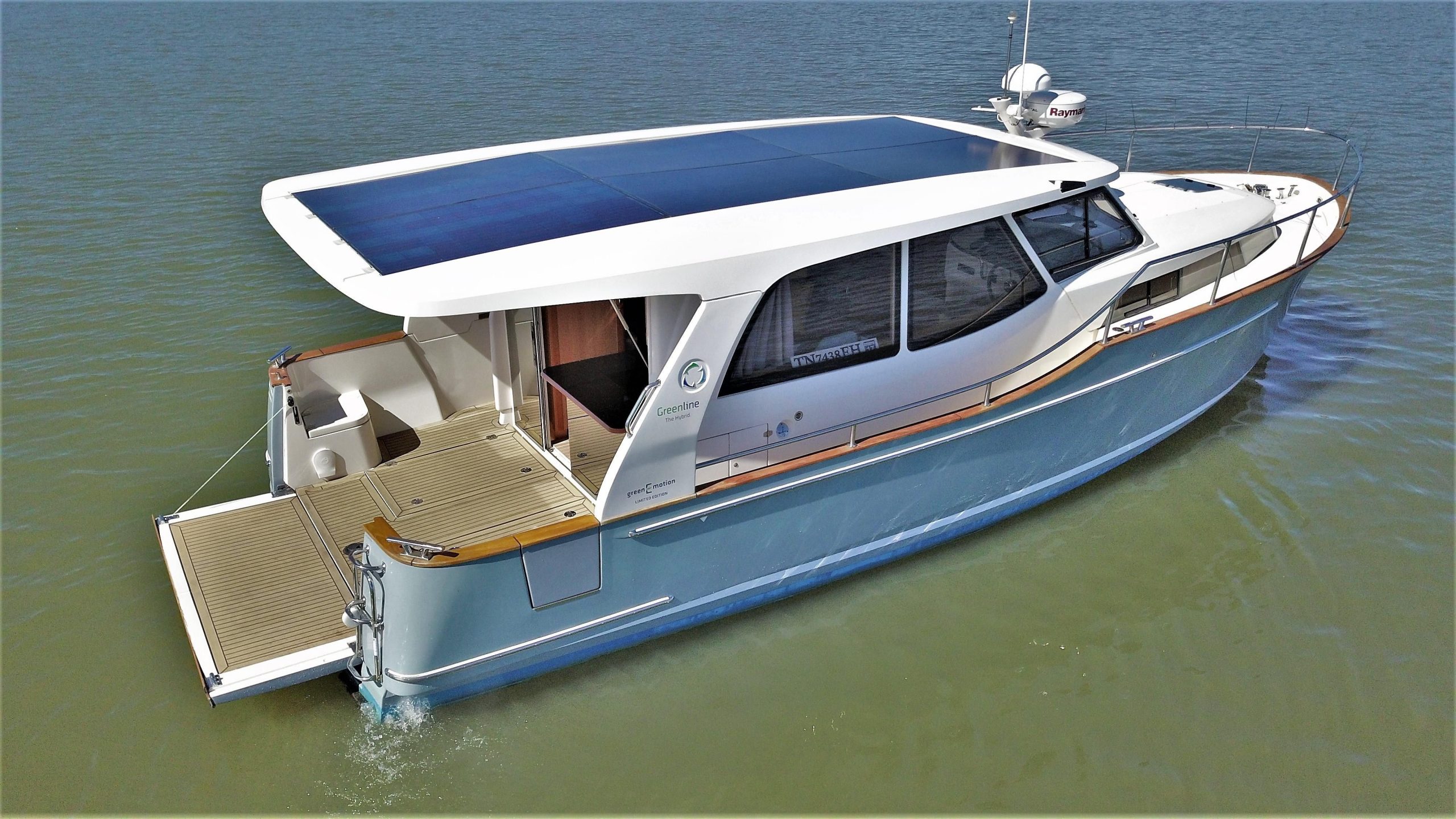A DIY real-life solution to your power issues.
By Brad Roberts
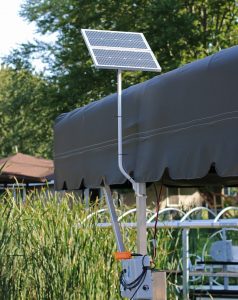
I figured there had to be something to this that was worth exploring further. I’ve invested time over the past decade researching what can be a complicated and confusing industry, and now for the past two years, I’ve been using solar power on my boat and up at our cottage in Central Ontario. This article is a basic introduction to solar power meant to get you thinking about how this green energy solution might benefit you and your family’s boating or cottaging.
Solar Basics
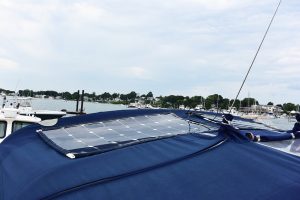
Power Needs. To determine how much power you need from your solar system, you have to add up the watts that each appliance on your boat uses, per day. So a coffeemaker run for 30 minutes in the morning uses “X” number of watts, the stereo on for three hours in the afternoon uses “X” watts, the microwave at dinner, the TV and cabin lights at night, etc. Add it all together and you get a total number of kilowatts (1 kW = 1,000 watts). You may have done this already to size your house batteries correctly for your boat.
The Inverter. Basically a transformer that converts the power (DC) stored in the batteries into household power (AC) suitable for use in 120 volt appliances. There are pure-sine and modified-sine wave inverters. Make sure you buy one designed specifically to overcome the corrosion and fuel vapours ever-present in the marine environment. Inverters vary in size (200 watts versus 4000 watts) and need to be sized according to your maximum power needs.
Storage Batteries. The heart of any solar system is the batteries. For a simple solar system, plan to use true deep-cycle AGM batteries that are maintenance-free. (Flooded batteries require maintenance and equalization, but cost about 30% less.) Either way, batteries have a maximum amount of energy they can store per battery, and thus a maximum amount of power you can get out of them before they are discharged. You can add batteries to increase storage capacity, to a limit. Batteries should never be discharged lower than 50%, doing so shortens their life cycle considerably. Deep-cycle batteries are rated in amp hours.
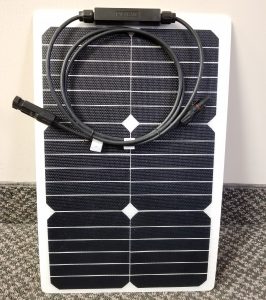
Charge controller. This devise monitors the amount of charge being generated by the solar panels, and controls how much of that charge is put into the batteries based on what their level of discharge is at. It ensures the batteries are not damaged by overcharging.
Production Capacity. This refers to the amount of energy the solar panels in your system can produce. For example, a 260 watt solar panel exposed to full sun for 4 hours will generate about 1000 watts (1 kW). Allowing for cable loss and charge controller loss, this will add approximately 900 watts into your batteries.
Sizing Your Custom Solar System
So let’s say, for example, that you calculate that you’ll need 1500 kilowatts of power per day on your boat between the coffeemaker, lights, stereo and TV. (To learn an easy way to do this, use the spreadsheet at https://www.microgreen.ca/downloads/Load-Evaluation-Sheet.xlsx) That means that you’ll need to add 1500 watts of power back into your batteries each day. Except that the sun doesn’t shine each day, so perhaps you’ll want to size your batteries to have enough power to cover your power needs for two days (so you don’t have to run the generator if you have one), and you’ll want to size your solar panels to produce enough power on the days that the sun does shine to charge the batteries enough to store two days worth of energy. In this example, you’d need to generate 3,000 watts of power. The sun shines on average five hours per day in the summer. So 3 x 260watt panels = 750 watts per hour x 5 hours = 3,750 watts – more than the 3,000 watts needed. (Two panels would produce less power than you need.)
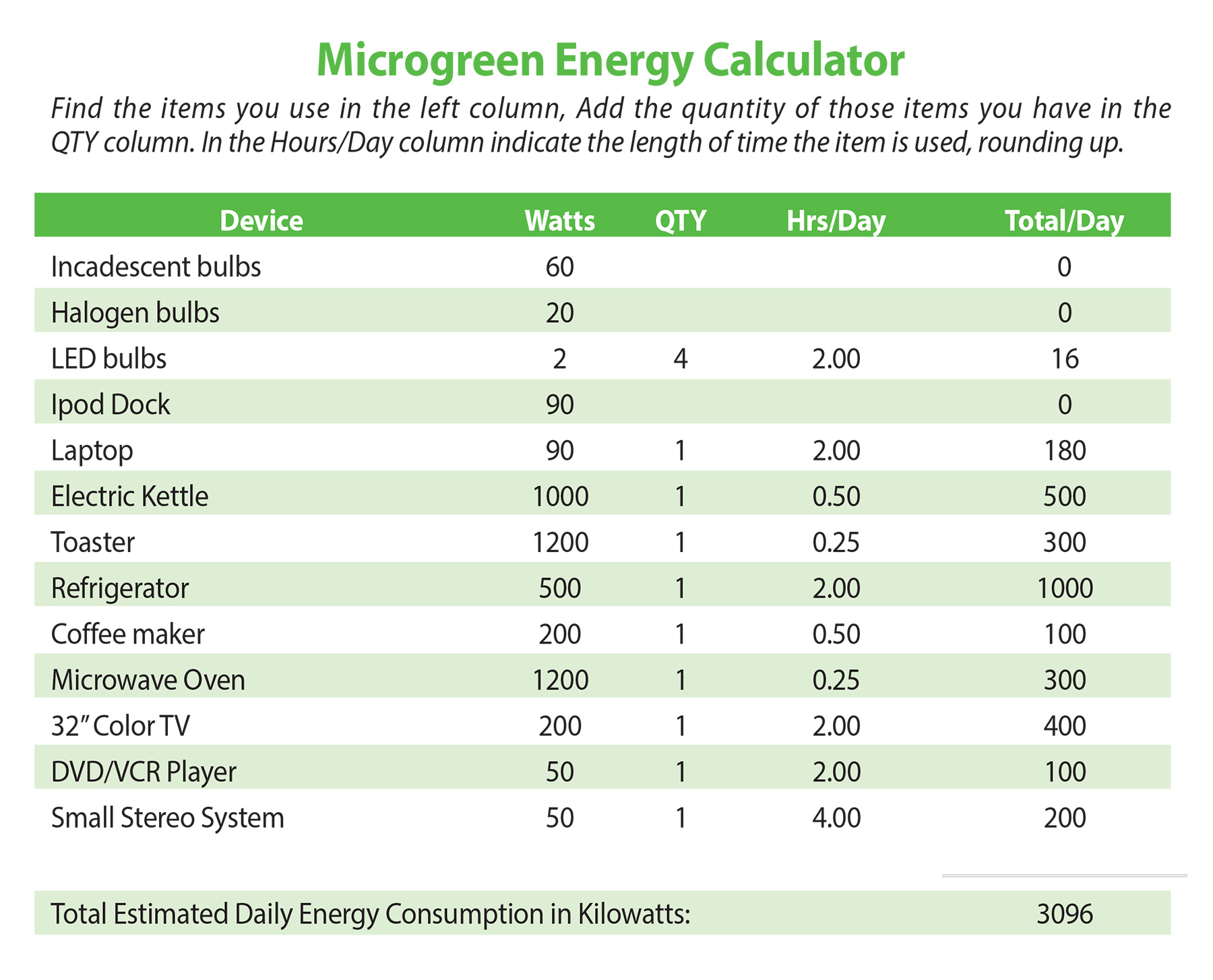 Plus, you’d need an inverter sized to the maximum power draw you’d be using at any one time – usually 2,000 watts on a boat (enough to operate a small microwave or coffee maker, but not at the same time), and deep-cycle battery storage for 3,000 watts.
Plus, you’d need an inverter sized to the maximum power draw you’d be using at any one time – usually 2,000 watts on a boat (enough to operate a small microwave or coffee maker, but not at the same time), and deep-cycle battery storage for 3,000 watts.
To correctly size the battery bank multiply the battery system voltage by the amp/hr rating and see what the total storage watts will be. For example two 6volt batteries for a 12 volt system times the 428 amp/hr rating would be 5,136 watts. You can safely use 50% of this which would be 2,568 watts. If you need more power then add more groups of batteries.
Building Our System
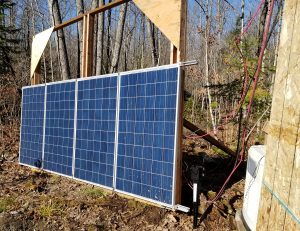
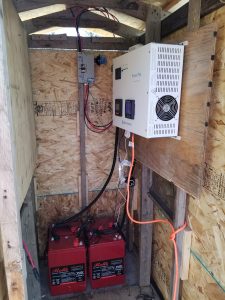
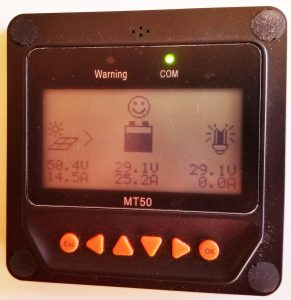
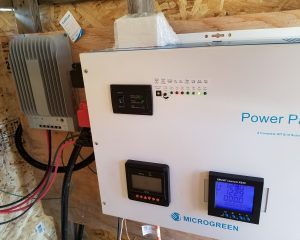

Summary
There is no question that as the world looks for alternatives to its reliance on environmentally-damaging fossil fuels and an escape from high energy bills that solar power is a very viable solution. One look at what Greenline Yachts is doing by integrating solar power into their lineup, and what Toqeedo is doing as they expand the horsepower range of their electric outboards, or Volvo’s commitment to electrify their power offerings by mid-2020, and you’ll see that the solar solution is within our sights in the marine industry as well, and as prices continue to drop as technology improves, it’s also within the reach of our pocketbooks.
Keyword : best boat, best boat models, best boat trailer, best center console, best centre console, best performance boats, best pontoon, best runabout, Best Used boat, boat accessories, boat parts, boat reviews, boat tests, boat touring, BOATING Buyer’s Guide, boating guide, BOATING in-water Tests, boating lifestyle, Boating Lifestyle Magazine, BOATING rentals, BOATING rentals near me, BOATING traveller, boating vacation, go boating, go boating Canada, how to choose a boat, marine accessories, New Boating Products, new boats for 2023, performance boats, Power Boating Canada, Tender boat, top boat models, top boats, top cottage boat, top cruiser, top power boat best boat, best boat models, best boat trailer, best center console, best centre console, best performance boats, best pontoon, best runabout, Best Used boat, boat accessories, boat parts, boat reviews, boat tests, boat touring, BOATING Buyer’s Guide, boating guide, BOATING in-water Tests, boating lifestyle, Boating Lifestyle Magazine, BOATING rentals, BOATING rentals near me, BOATING traveller, boating vacation, go boating, go boating Canada, how to choose a boat, marine accessories, New Boating Products, new boats for 2023, performance boats, Power Boating Canada, Tender boat, top boat models, top boats, top cottage boat, top cruiser, top power boat
